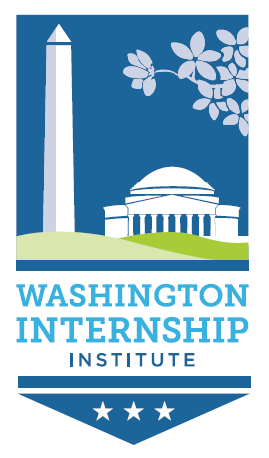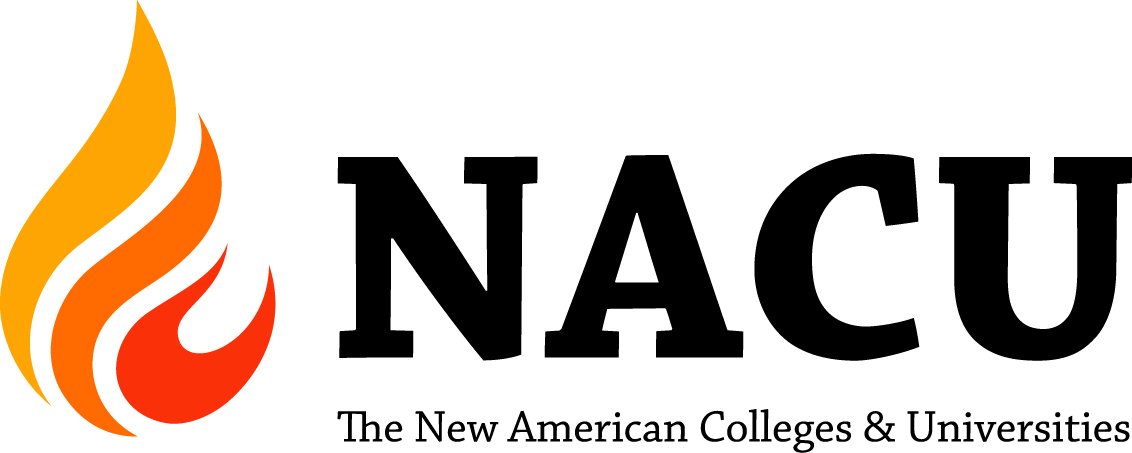The Presidential Election and Higher Education
/Living in our nation’s capital during the thick of the presidential election season has been a unique experience (although many have argued that this particular election has been like no other before it for the obvious reasons). I have been debating with myself about whether I would address politics in one of my blog posts, but given the circumstances of this race and the history that will be made in less than two weeks, I cannot avoid it. I am worried about the future of our country, yet I don’t want to make this blog about my own political views.
So I’ve decided to take a birds-eye view of the biggest issues we face today and what the candidates have to say about them.
Warnings from prominent leaders about higher education’s dire future are not so new, yet now they are magnified by the presidential election. Take a look at this opinion piece in The Washington Post penned by AAC&U President Lynn Pasquerella where she reminds us of higher education’s mission to educate for democracy. Her piece is a companion piece to this article by Mary Sue Coleman, President of the AAU.
It is true. We are at a crossroads. A tipping point. A time like no other in the history of higher education in the United States. The golden years are long gone. Our economic model no longer works. College is no longer affordable. Access to a college education for so many is still limited. Completion rates are poor. The value of a liberal education is questioned in light of the often soft job market for college grads. And yet statistics still present a brighter financial future for college degree holders when compared to those without.
So what do our presidential candidates have to say? What are their plans? Their priorities?
NASFAA – the National Association of Student Financial Aid Administrators – presents a comparison of the candidates. Note that NAFSAA took Donald Trump’s position from interviews, as his website does not mention a higher education platform (and I doubled-checked: his education positions focus on K-12). Just last week Scott Jaschik, Editor of Inside Higher Education described Trump’s views shared in a recent speech.
Hillary Clinton’s plan, The New College Compact, calls for a more affordable college education and calls on states to “halt disinvestment in higher education.” Clearly the Clinton campaign has given serious thought to these issues, and perhaps taken some advice from Bernie Sanders.
However, I am still worried. Working for a state-assisted institution where every year we feel squeezed for resources, I worry about how the Clinton plan will be paid for and how states will suddenly reverse their disinvestment trends. Just last week, faculty from 14 institutions in the Pennsylvania state college system went on strike for the first time in system history. According to this article, the State of Pennsylvania funded its higher education system in 2016 at the level it was funded in 1999, 17 years ago: YIKES! Thankfully for the 100,000 students attending these campuses, the two sides came together after 3 days with a tentative deal.
Is this strike an omen? Will we see more faculty unrest at public colleges and universities? Or perhaps we'll see more student protests? How will the outcome of this election influence what happens? How will our new leaders in the executive and legislative branches of government work with state, regional, corporate and institutional leaders to make reforms, to innovate, to change the model so that all of our citizens and future citizens will be able to access and complete higher education for the common good? I’m certainly no Nostradamus but I am hoping, praying, and voting, for the best option I think we have.
Marianna Savoca, PhD., Director of the Career Center at Stony Brook University–State University of New York, is a Faculty Fellow this semester at the Business-Higher Education Forum.



